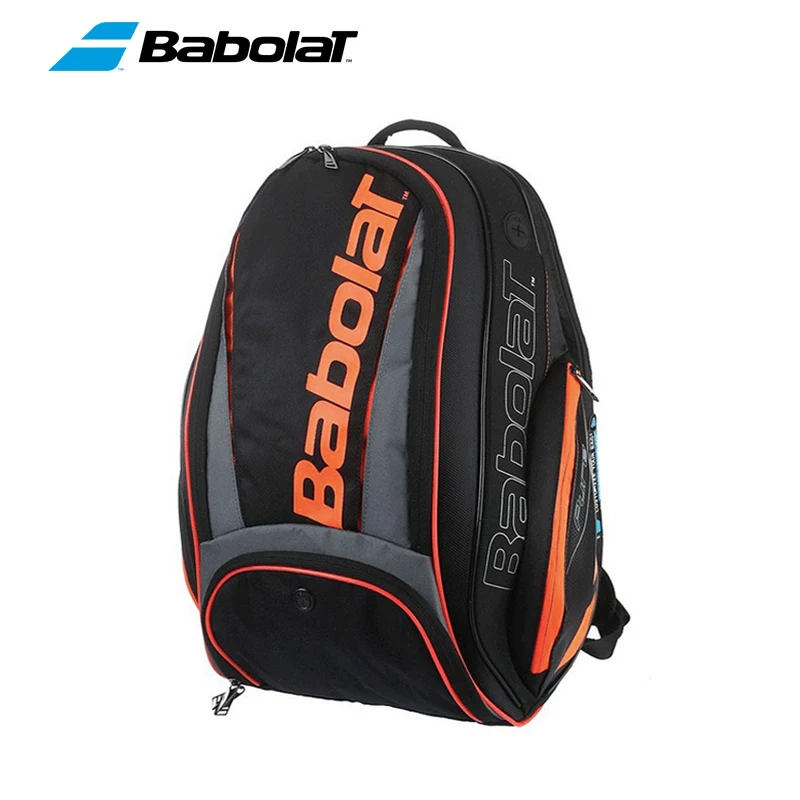What are some recommended exercises for treating an injured herniated or bulging lumbar disc?
A herniated or bulging lumbar disc is a serious injury that can cause a great deal of pain and discomfort. If you experience this condition, it's important to consult with a doctor to get the proper diagnosis and treatment. In addition to medical treatment, there are a number of exercises that can help to reduce pain and promote healing.
One of the best exercises for a herniated or bulging lumbar disc is the pelvic tilt. This exercise helps to strengthen the muscles that support the lower back and pelvis, which can help to stabilize the spine and reduce pain. To perform the pelvic tilt, lie on your back with your knees bent and your feet flat on the floor. Tilt your pelvis posteriorly by contracting your abdominal muscles and flattening your lower back against the floor. Hold for 5 seconds, then relax. Repeat 10-15 times.
Another helpful exercise is the knee-to-chest stretch. This stretch helps to relieve pressure on the nerves that are irritated by the herniated disc. To perform the knee-to-chest stretch, lie on your back with your knees bent and your feet flat on the floor. Pull one knee to your chest, using your hands to support your leg. Hold for 30 seconds, then release. Repeat with the other leg.
Finally, the hamstring stretch is a great way to relieve pain and tightness in the lower back. To perform the hamstring stretch, stand with your feet shoulder-width apart. Bend over and reach towards your toes, keeping your back straight. Hold for 30 seconds, then release. Repeat 10-15 times.
Related questions 1. What are the symptoms of a herniated or bulging lumbar disc? - Answer: Pain, numbness, and weakness in the lower back, buttocks, and/or legs. 2. How is a herniated or bulging lumbar disc diagnosed? - Answer: Through a physical examination and imaging tests, such as an MRI or CT scan. 3. What is the best way to treat a herniated or bulging lumbar disc? - Answer: Surgery is usually the best option for severe cases, but conservative treatment, such as physical therapy and pain medication, can be effective for mild to moderate cases. 4. What are the long-term effects of a herniated or bulging lumbar disc? - Answer: Without proper treatment, a herniated or bulging lumbar disc can lead to chronic pain, nerve damage, and mobility issues. 5. What are some ways to prevent a herniated or bulging lumbar disc? - Answer: Maintaining a healthy weight, practicing good posture, and engaging in regular exercise can help to prevent this injury.
Related hot-sale products - Mueller Lumbar Support - BackJoy Posture+ Lumbar Support - Therabody Theragun Mini - KT Tape Pro - Hypervolt Go
Pre:Is reformer Pilates a good workout
Next:Do people who wear expensive gym clothes get better results



















